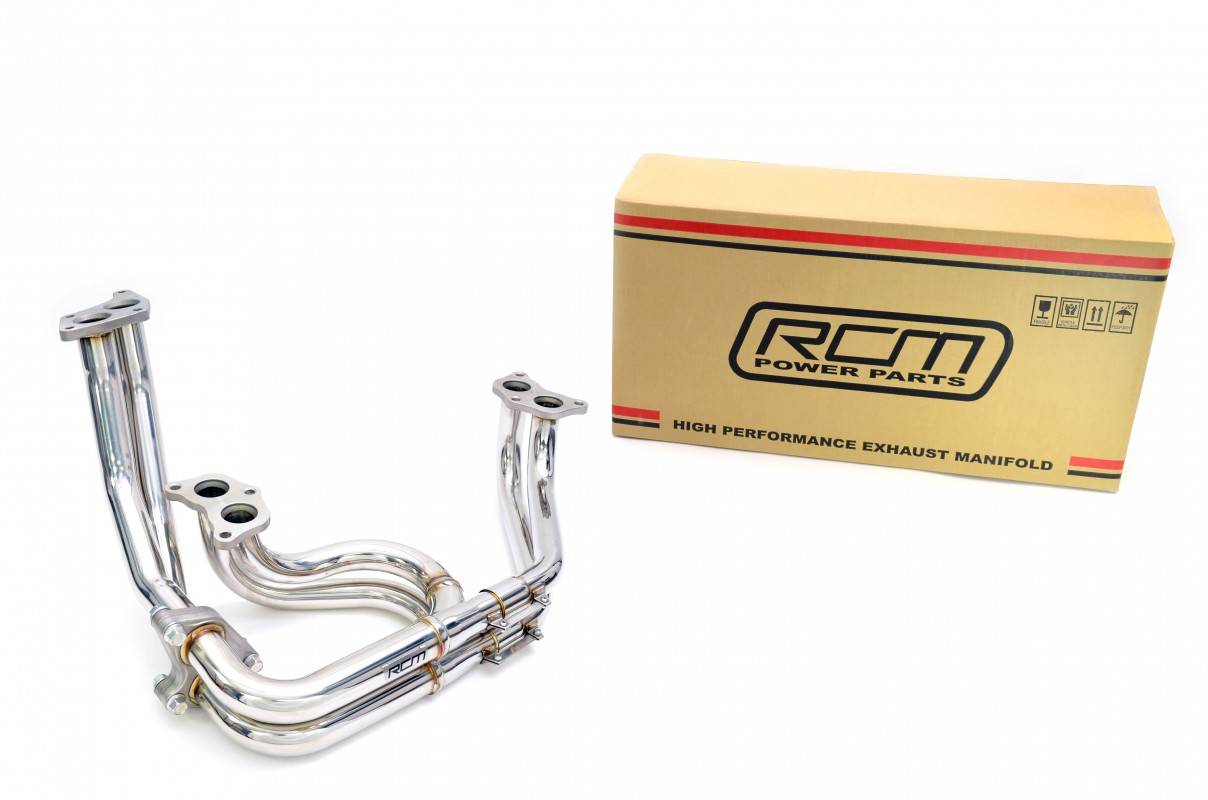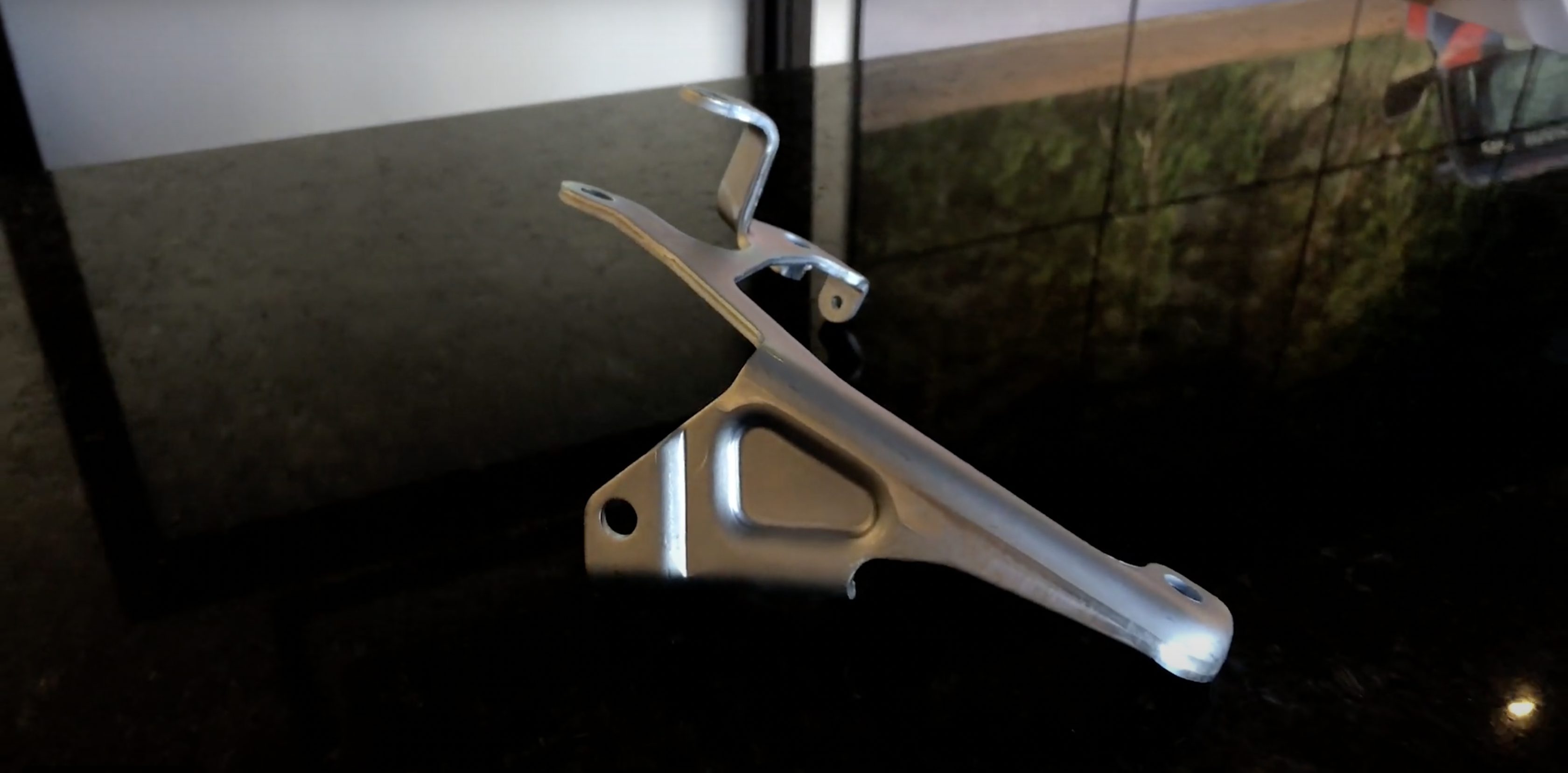We use cookies to make your experience better. To comply with the new e-Privacy directive, we need to ask for your consent to set the cookies. Learn more.
To Twin-Scroll or Not to Twin-Scroll, That is Our Question of the Week
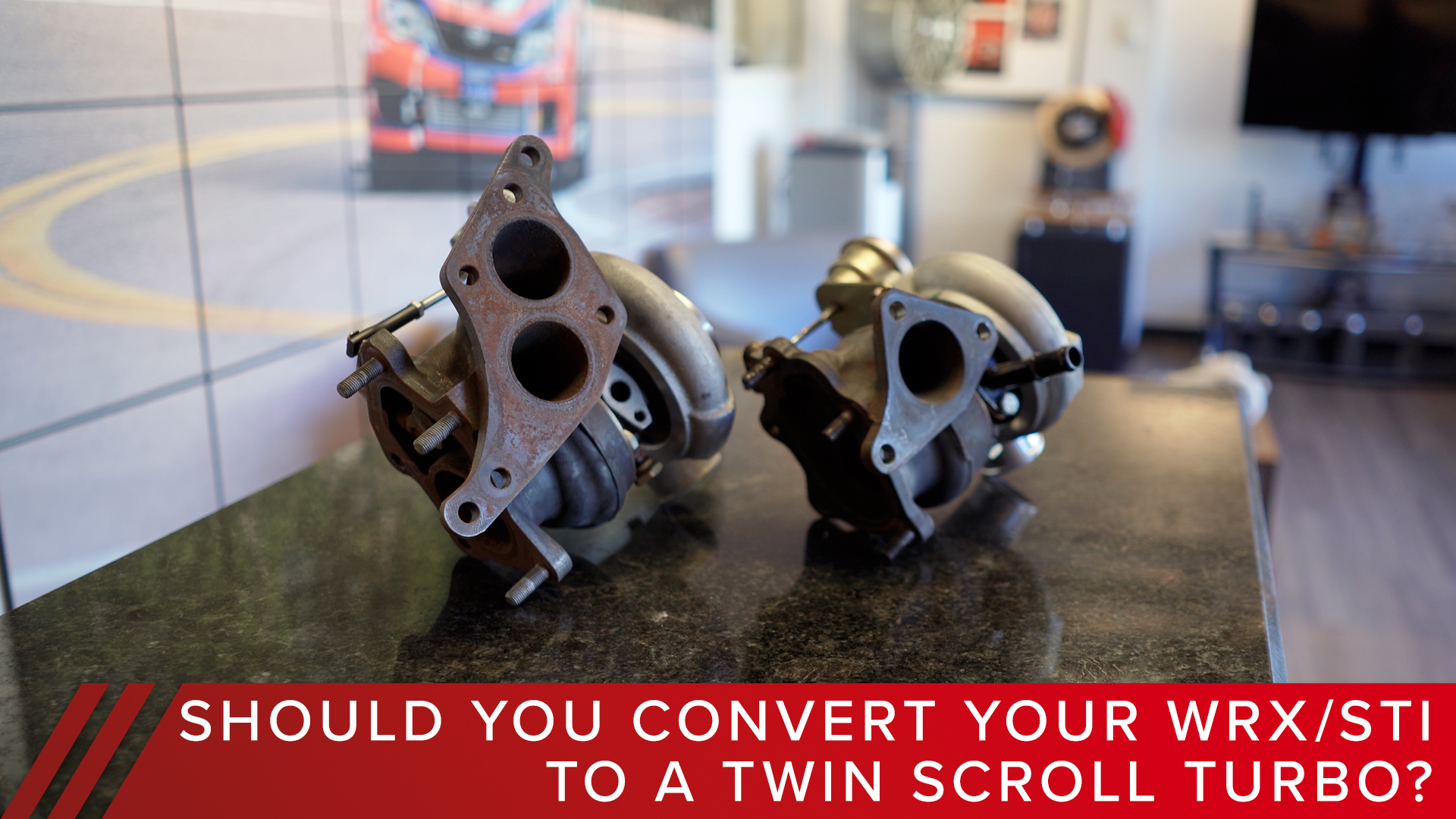
In the Subaru community, the Twin-Scroll turbo configuration that was used on the JDM STI starting with the Version 8 STI is considered the ideal turbo setup.
There are a couple of reasons for this.
The main one is that a twin-scroll turbo uses an equal length manifold, and it splits the exhaust pulses up into 2 completely separate sets of pipes all the way into the turbo. This allows for the optimal pairing of exhaust pulses to in theory maximize the spool characteristics of the turbo.
The equal length manifold also performs better in high rpm ranges, so the twin-scroll turbo should have better top-end performance than a comparable single-scroll turbo.
So what is involved in a Twin-Scroll Turbo Conversion?
The first piece needed is a Twin-Scroll exhaust manifold and Up-Pipe. It is completely different from the standard single scroll system because it keeps two pipes all the way to the turbo.
You need an oil pan that can clear the Twin-Scroll header as well. Fortunately the 2006+ STI pans will clear them, but the EJ20, and 2004 - 2005 EJ25 turbo pans don't have enough clearance for the Twin-Scroll headers.
The bottom of the Twin-Scroll turbo is much larger than the standard Single-Scroll turbo, so you will need a new bracket to hold the turbo as well.
Last but not least, the exhaust flange of the Twin-Scroll turbo is completely different from the Single-Scroll turbo so you will need a Twin-Scroll Down-Pipe as well.
From a wiring standpoint, there is one change that you have to make to finish out the Twin-Scroll conversion. Since you are only keeping the exhaust from 2 cylinders in each runner of the Twin-Scroll manifold, you can't put a front O2 sensor in one of them because you would be missing half of the engine. For that reason, you have to pull the wiring from the front O2 sensor out of the wiring harness so you can move it to the bell-mouth of the Twin-Scroll Down-Pipe.
Now the question is, is a Twin-Scroll turbo really that much better than a comparable Single-Scroll turbo?
On paper everything points to why a Twin-Scroll turbo will perform better. So when we set out to build our Pikes Peak race car back in 2013 and 2014, that is the path that we decided to go down.
The first turbo that we used was a Blouch Dom 3.0 Twin-Scroll. We actually ended up using two of these turbos, and they both had the same issue. On our EJ255 running race gas, we couldn't get them to spool up, and we also couldn't get the turbo to make more than 18 psi of boost even at 100% duty cycle on the wastegate.
The car definitely had good top-end power, but it really suffered in the low and mid rpm range. We did end up running that turbo on the car for 3 or 4 years, and most likely that lack of torque is what kept our 5-Speed transmission alive as long as it did.
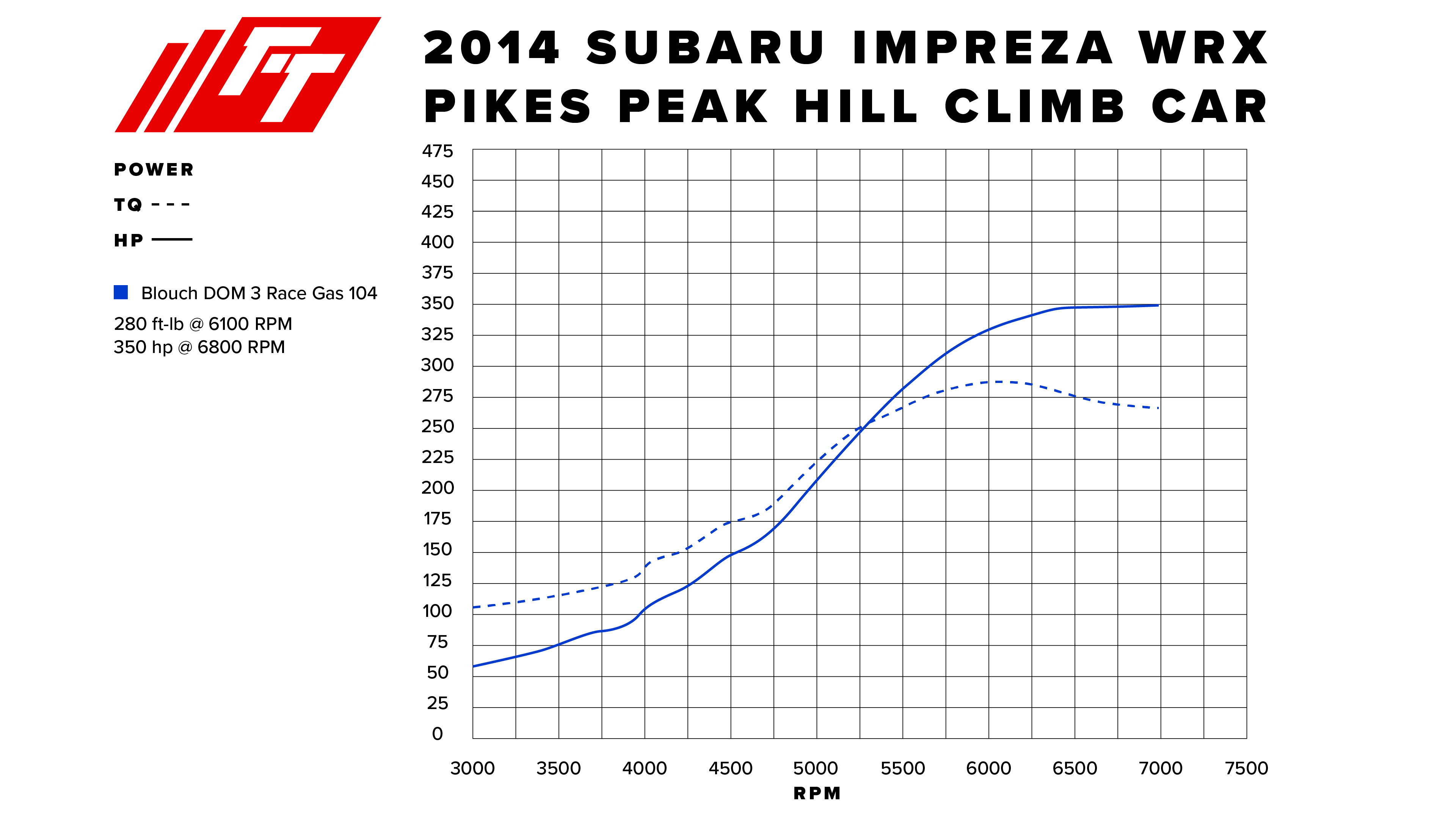
We then had the option to run a VF37, which is just a Twin-Scroll version of the stock STI turbo (VF39/VF43/VF48). This turbo spooled up much earlier, and had a very good power band, but it only made just under 300 whp on race gas.
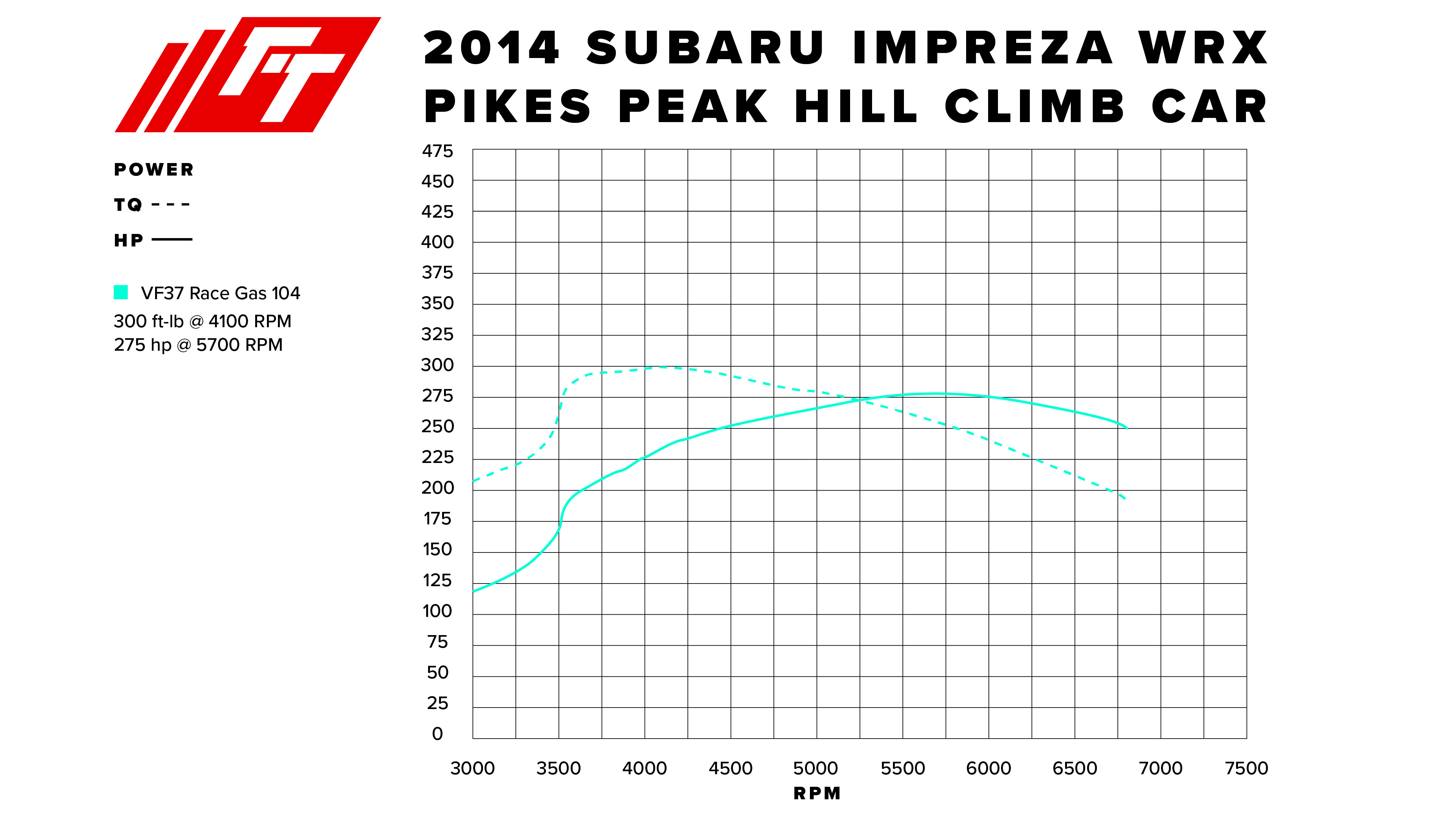
Interestingly, even though it made much less peak power than the Dom 3.0 TS, the car was much faster around High Plains Raceway on the VF37.
Then we found Turbo Dynamics. They are a company in the UK that makes a wide variety of turbos for the EJ207 2.0 liter STI engines. Including a full range of Twin-Scroll turbos. What drew us to them was the small hot side designed to help with spool on the 2.0 Liter EJ207.
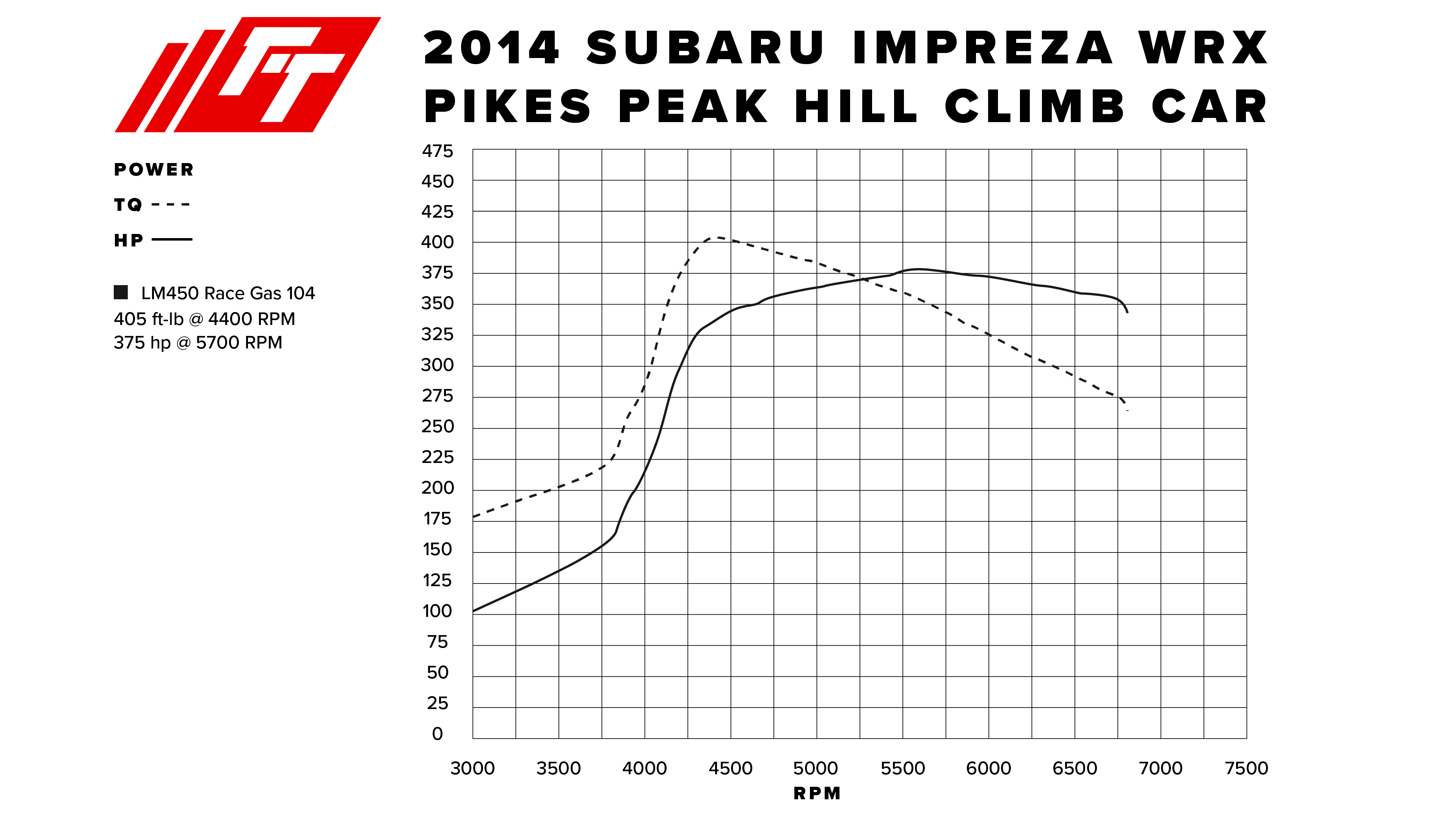
We ran their LM450 turbo, and the car finally started to work like we expected. The turbo spooled up much earlier, and now we finally had a good power band to work with.
Then in 2019, we had a surprise engine failure right before Pikes Peak race week, and had to find a turbo that we could overnight. The only one available was the Blouch Dom 1.5 Twin-Scroll, so that is what we went with.
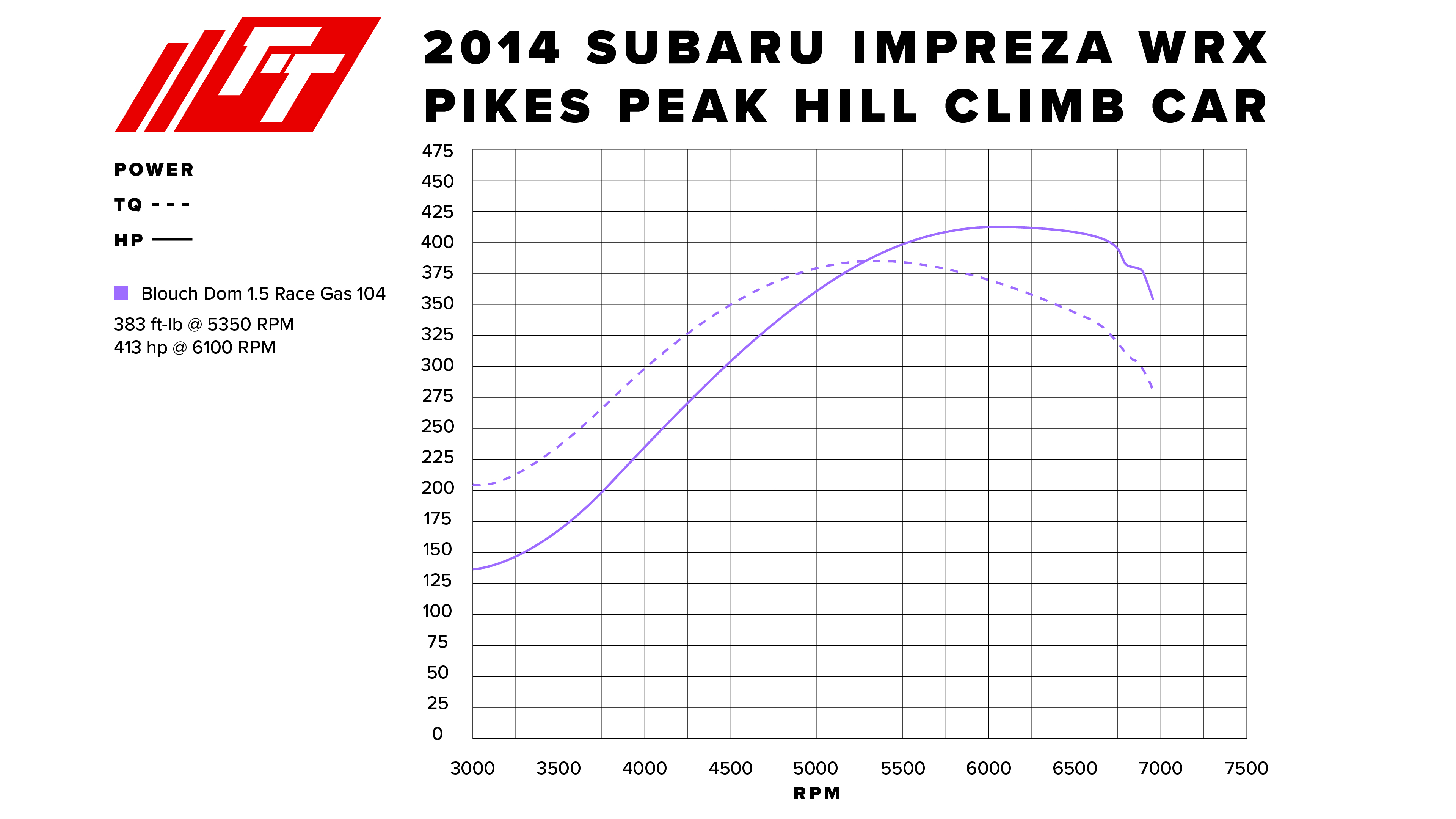
What is really interesting is that the Dom 1.5 TS uses the same Garrett 30R family of turbo as the LM450, but with the larger hot-side, the Dom 1.5 TS spooled up a good deal later, but it did make similar power.
We ran that turbo up Pikes Peak that year, and then everything changed in 2020. That was when we moved to a dry-sump oiling system which required that we run an un-equal length single-scroll manifold because that was the only option that would clear the pump as it sat on the bottom of the engine.
We were actually able to convert our LM450 to an MDX555-450 by simply bolting on a single-scroll hot side, which gave us a very interesting comparison of the same turbo in both single-scroll and twin-scroll configurations.
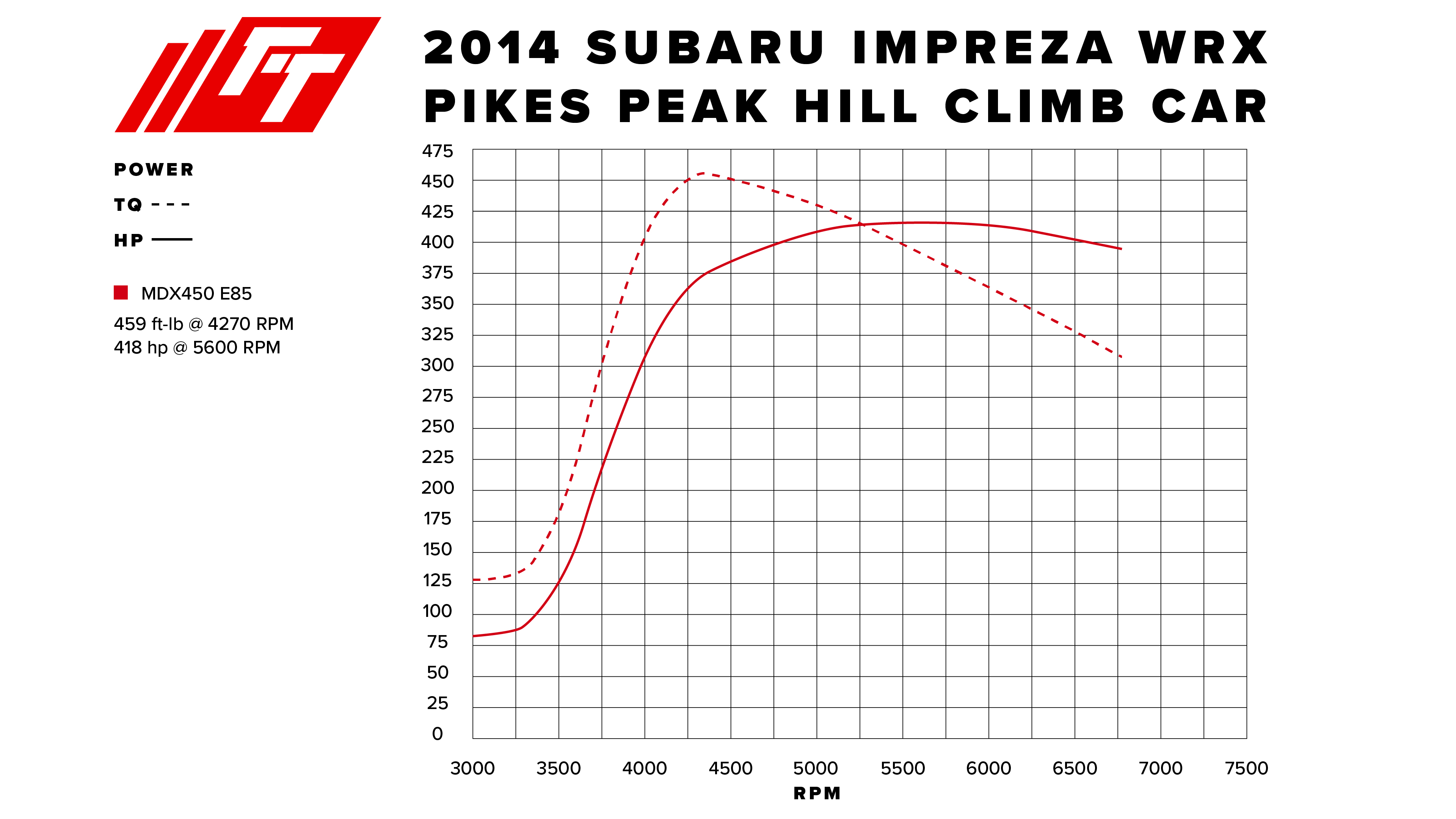
Oddly enough, the single-scroll version spooled up a bit earlier, and ended up making a good deal more torque and power even though the torque did fall off a bit faster than it did under Twin-Scroll configuration.
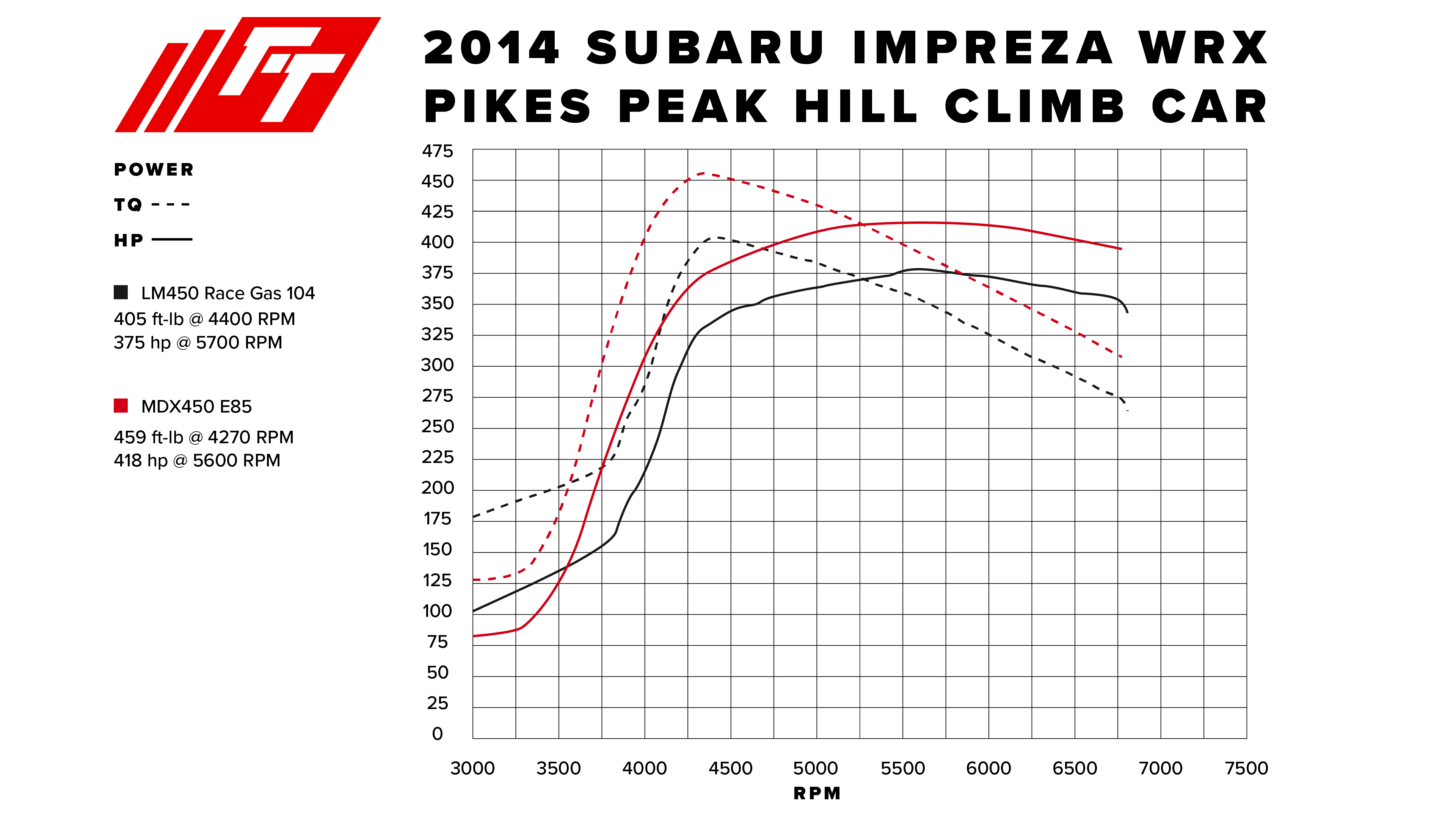
It is worth noting here that we did switch from 104 Octane race gas to E85 when we made the single-scroll conversion.
So overall, our experience with all of the turbos that we tested is that a Twin-Scroll turbo configuration is not so significantly better that it justifies the effort to make this conversion. Instead, we would recommend looking for a good single-scroll option because there are so many good turbos to choose from now, most likely there is one that will give you the power and performance that you are looking for without all the extra work.
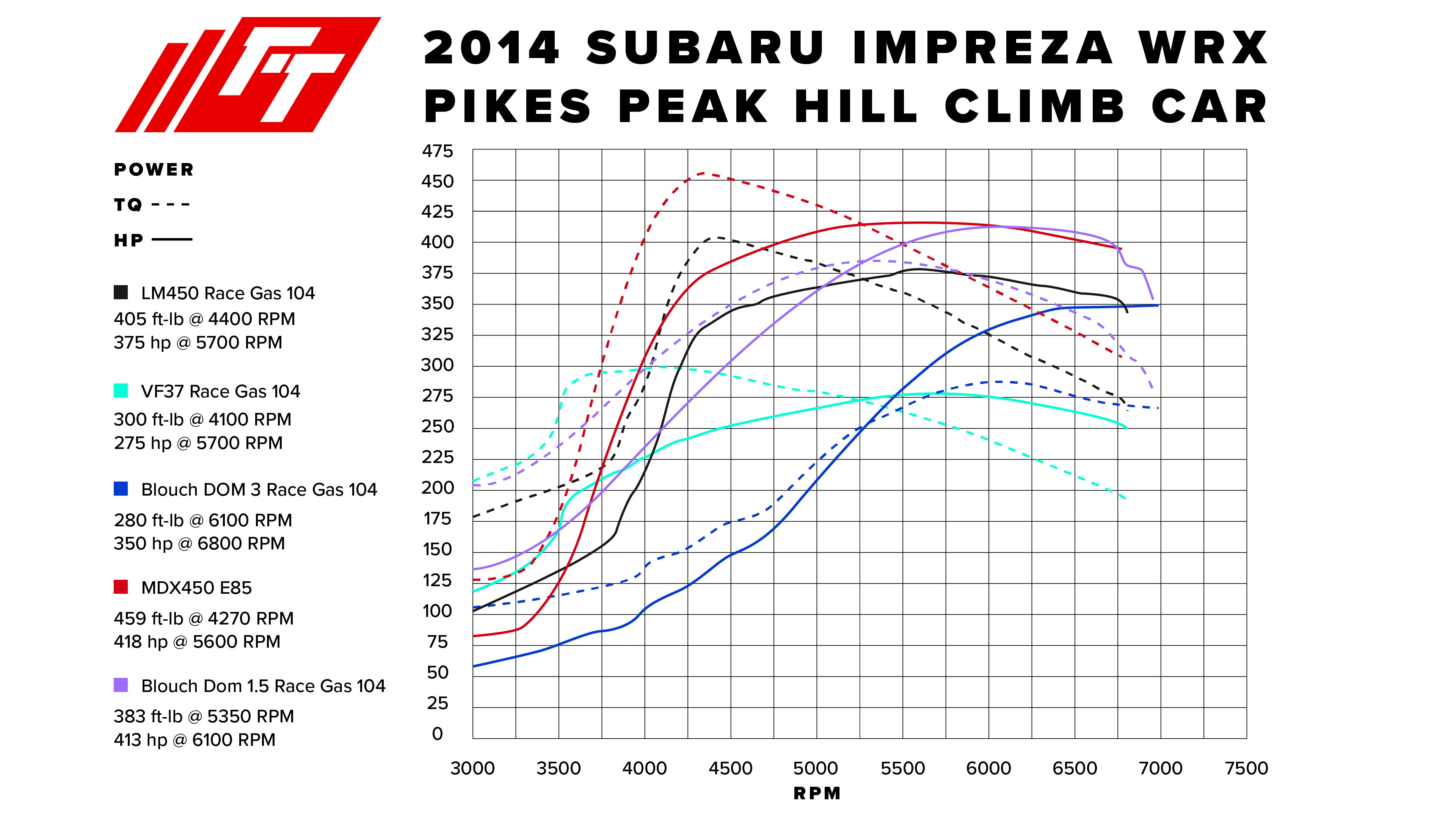
Thanks very much for reading, and hopefully this was helpful for you.
Stay Tuned!
- Jon Cooley

